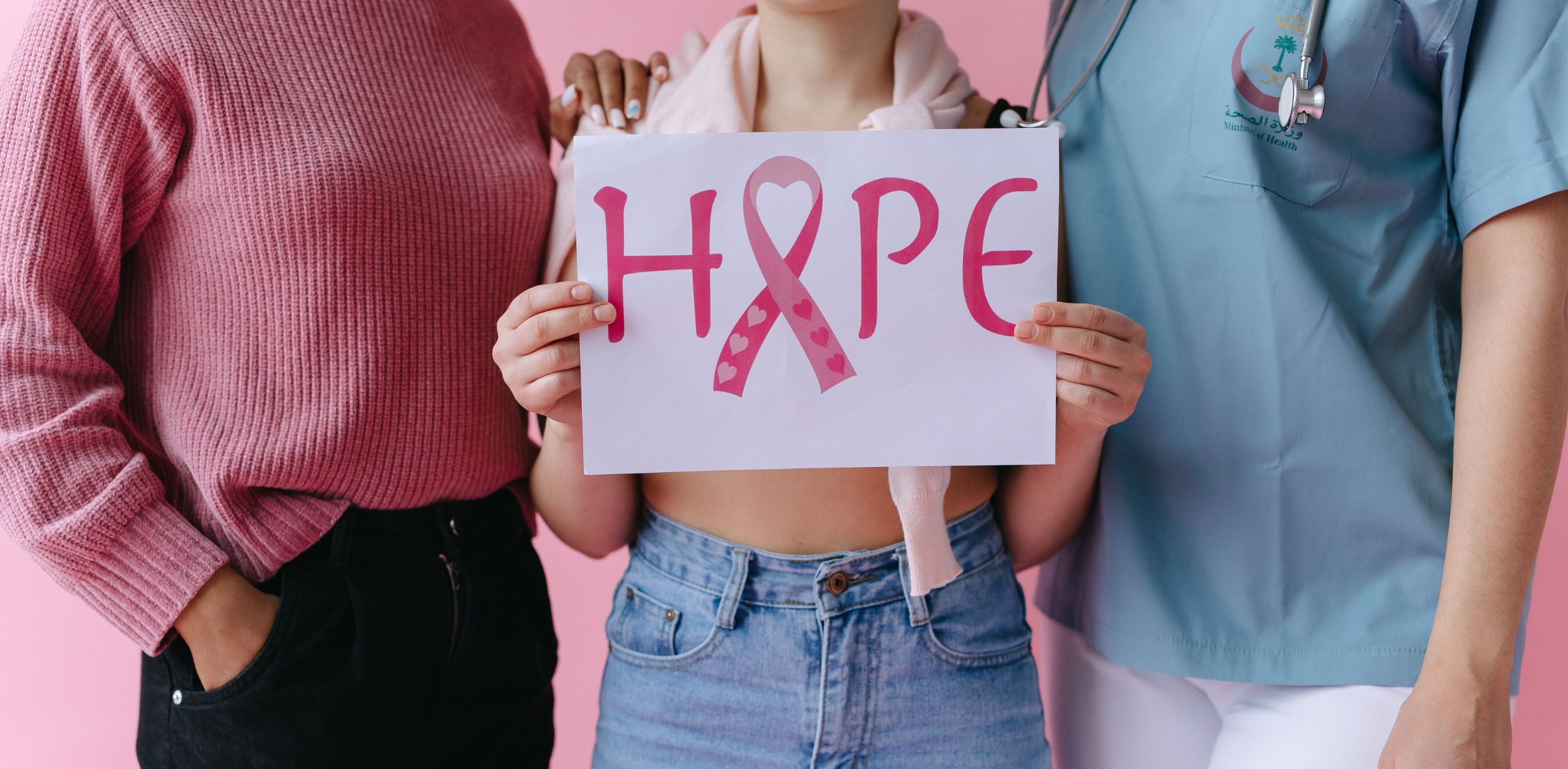Post-Treatment Plan: What Recovery Actually Looks Like 6 Months Later
When breast cancer treatment ends, many assume the hardest part is over. But the truth is, healing doesn’t stop at your last chemo or radiation session; it simply shifts. Six months after treatment, you’re likely in the thick of something few people talk about: the real, ongoing recovery.
Here’s what life might look like half a year later, and how to care for your mind, body, and soul as you step into this next chapter.
You’re Still Tired, And That’s Normal
After months of fighting through surgery, chemotherapy, radiation, and appointments, many women expect energy to bounce back quickly once treatment ends. But six months post-treatment, it’s common to feel just as tired, sometimes even more so.
This fatigue isn’t just “being a little tired.” It’s a deep, bone-weary exhaustion that no amount of sleep seems to fix. And it’s not in your head, it’s a real, medically recognized side effect called cancer-related fatigue.
Unlike the exhaustion from a long day or a poor night’s sleep, this kind of fatigue is:
Persistent, lasting for weeks or months
Unpredictable, sometimes worsening without warning
Disruptive, interfering with work, relationships, and daily activities
But don’t worry! You’re not lazy or falling short. Your body is rebuilding. That takes more energy than anyone can see from the outside when you’ve beat breast cancer.
You Might Be Grieving Even While Grateful
Post-treatment emotions can be surprising. You should feel happy it’s over, right? But many women experience waves of sadness, fear, and even guilt. That’s because cancer treatment may have ended, but the emotional impact is still settling in.
You may grieve:
The loss of your old body or energy (pre breast cancer)
Changes in relationships or roles
The constant vigilance of medical appointments
The version of yourself who existed before cancer
What helps:
- Journaling to process emotions safely
- Support groups where others understand the mix of joy and pain
- Spiritual practices, therapy, or coaching to reconnect with your identity and purpose
Here’s the truth: Grief and gratitude can live side by side. You’re allowed to celebrate your survival and mourn what you’ve lost.
Follow-Up Care Becomes Your New Routine
The appointments don’t stop post-treatment. Now you’re entering the “survivorship phase,” which includes routine checkups, scans, and blood work to monitor for recurrence or side effects.
This can bring relief, but also anxiety. Some women feel a loss of safety once regular treatments end and dread each new scan.
But remember, these visits aren’t setbacks, they’re proof of your continued care. You’re not starting over, you’re being safeguarded.
So, we’ve walked through what recovery really looks like six months down the road. It’s clear by now that it’s not some magic finish line you cross and then boom, you’re done. Nope. It’s an ongoing journey, full of good days where you feel strong and bad days where things just feel tough. That’s totally normal, and it takes continuous effort and a whole lot of self-compassion to keep moving forward.
Here’s the real talk: while you’ve made incredible strides, remember that so many others are just starting their journey, or they’re still in the thick of it, needing that ongoing support. The resources that help people navigate these long, winding paths – like therapy, support groups, or just access to crucial information – don’t just appear out of nowhere. They need our help to keep going, to be there for everyone who needs them.
Don’t wait. Your support today can directly impact someone’s ability to maintain their recovery, find their footing, and build a lasting, healthy life. Let’s make sure no one has to walk this road alone. Every little bit truly helps keep these vital lifelines open.
Here at Pawsitively 4 Paws, we see you. We celebrate your milestones, sit with you through the hard days, and offer both a community and a cause that understands the journey you’re walking.
